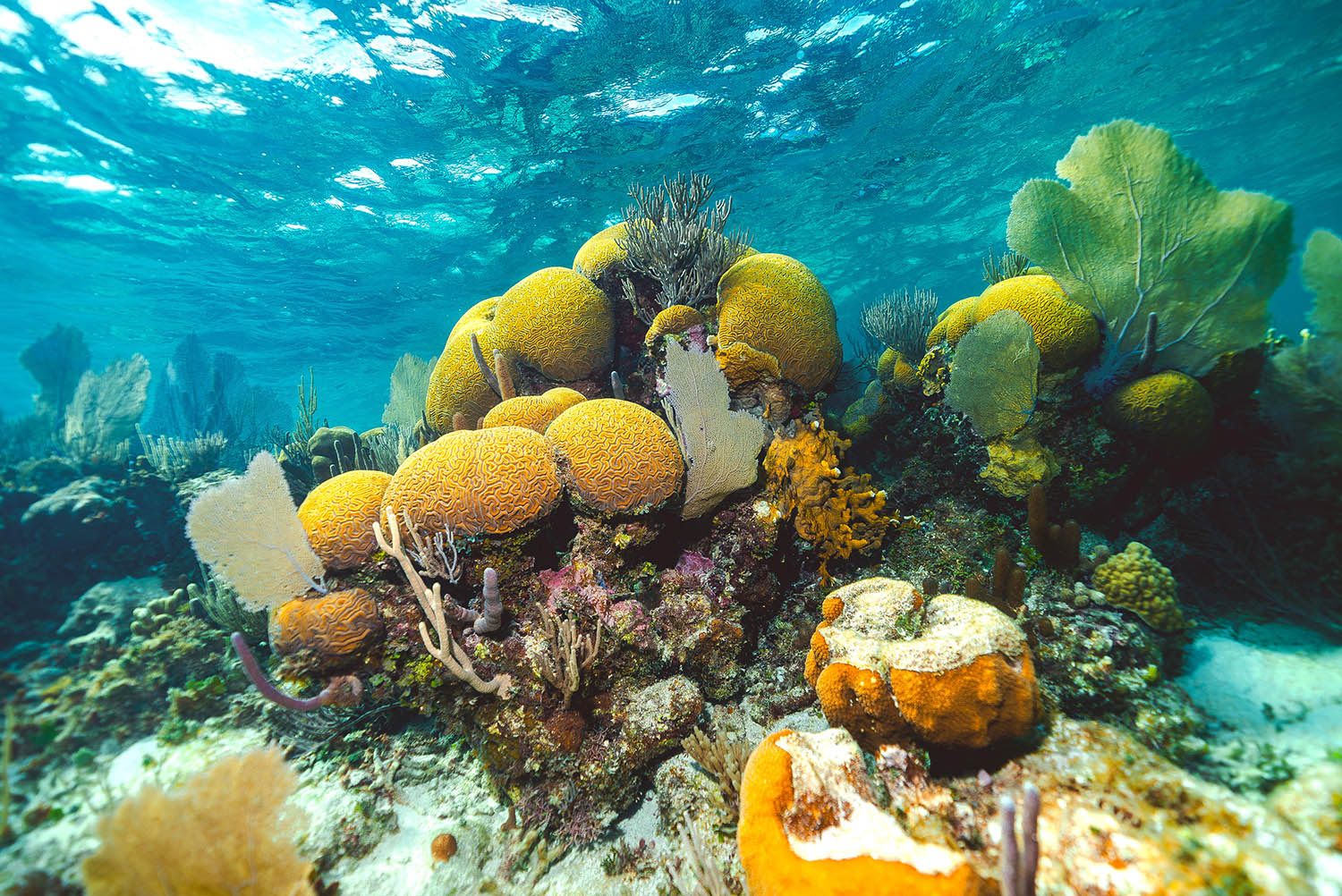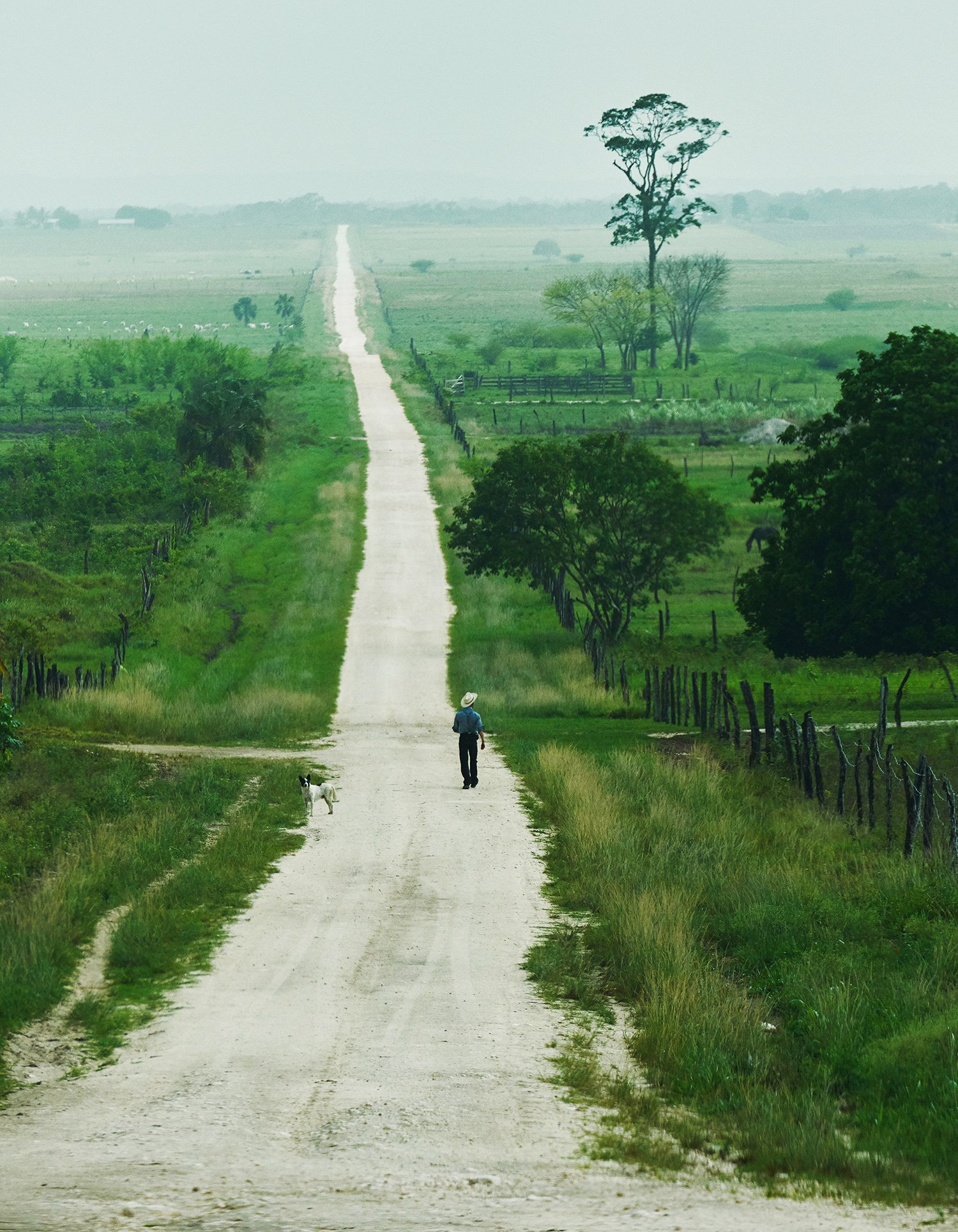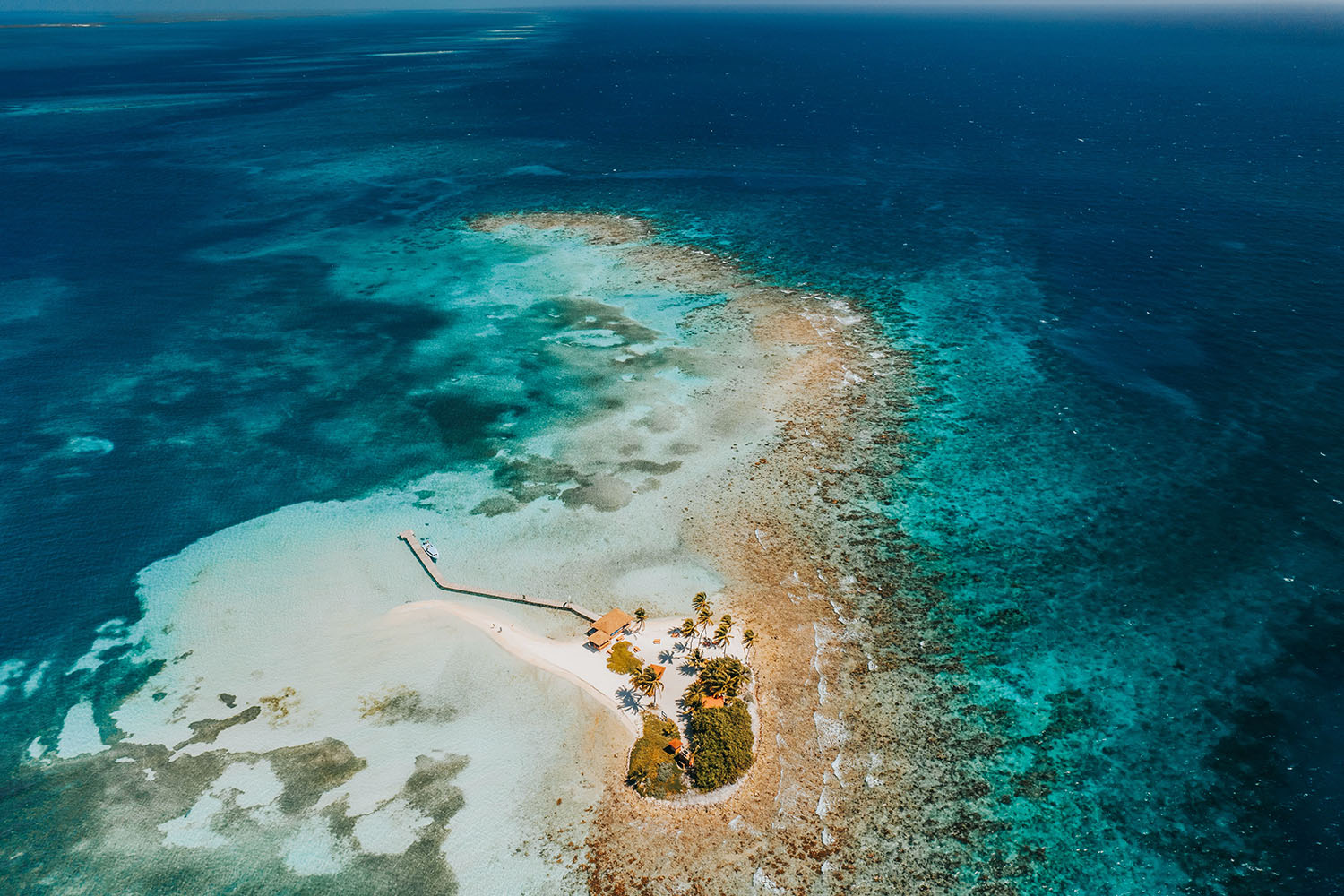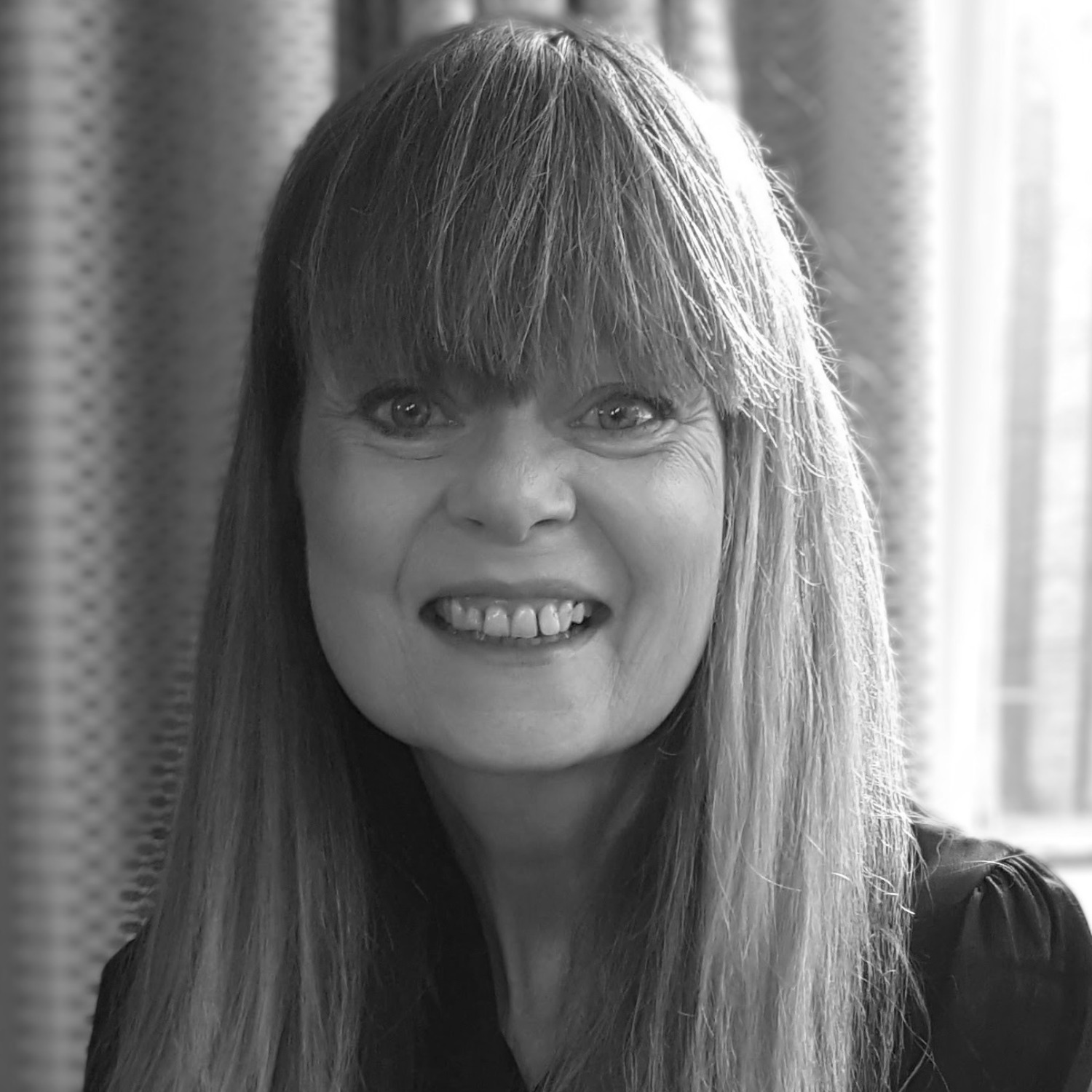Twitchers and scuba divers alike have been going to Belize for decades, hoping to notch up a rare orange-breasted falcon in the rainforest, or a fat-lipped humphead wrasse in the world’s second longest barrier reef. Now the former British colony has its own sights set on a prize: well-heeled eco-tourists.
With 40% of its territory protected and 60% covered by forest, Belize is flexing as a conservation powerhouse and chasing the green dollar.
Brazenly billing itself as “the new Costa Rica”, this sliver of a country is enticing adventurers and responsible travellers with hikes in protected rainforests and snorkel trails in revitalised coral reefs, with close encounters with jaguars, howler monkeys and turtles, seaweed-planting voluntourism and guilt-free, white-sand beach-hopping.
All well and good, except that I went to Costa Rica for my honeymoon. I had wanted, badly, to go to Albania. My future husband wasn’t mad keen, though in truth both of us still had a touch of the backpacker and to-travel-is-to-suffer about us. Albania would have delivered on that front: in 1996 it had horse-drawn carts instead of cars, and there was no food in the shops.
We toyed with communist Cuba next. It had considerably more going for it than post-communist Albania, including candy-coloured 1950s Cadillacs. But Cuba was a newly fashionable destination, and full up, so we plumped for Costa Rica. We stayed in a pioneering eco-lodge and on our first morning, a sloth hung upside down from the branch of a low-lying tree as we ate papaya with lime out on the deck. Could Belize’s promise of a sustainable luxury adventure holiday measure up?
I got a taste of what I wished for on my first day. After flying into Belize City and making our way south, we rattled through jungle in a pick-up truck. We eventually crossed a creek and, 10km later, pitched up at a small nature reserve on the Bladen River, near Punta Gorda. After a post-dinner swim in the crystal-clear creek, I slept that night in an A-frame structure on stilts. No walls, no windows, no blinds, only wire meshing between me and whatever spiders, reptiles and hungry mammals were out there, making their rhythmic night music in the rather alarming pitch darkness. Is this what I signed up for?
Then I remembered: immersive nature experiences are the new luxury. This evidently includes composting loos. Mine was at the bottom of the external staircase, across a dirt path of the nature reserve, which is owned by rattlesnake collector Jacob Marlin, who runs the educational Belize Foundation for Research and Environment (BFree). He breeds the overhunted, endangered Tabasco turtle (“It’s not climate change or river pollution or deforestation that’s causing their decline,” he says. “It’s human consumption. They are being eaten to extinction.”) BFree accommodates eco-tourists or researchers for around $150 a night.
No walls, no windows, only wire meshing between me and whatever spiders, reptiles and hungry mammals were out there
On my second night, I descended the stairs, torch on full beam, crossed the dirt track, took the three steps up to the hokey wooden door of the loo, and whispered a prayer. Please, no more spiders. The night before, two fat, black, furry-legged arachnids had been waiting for me on the inside of the door. I only saw them, at eye level, once I had perched. If you took my blood pressure now, as I recall all this, it would be hundreds over 80.
Mercifully, the coast seemed clear. As I was about to perch, I had a flashback to another early morning. I was staying with my Uncle George in his Manhattan brownstone. Jetlagged and groggy from a flight from Hong Kong, I shuffled to the basement bathroom. As I sat down, something hit my rump. I yelped, sprung up, swung round, saw the rat, evidently on a wrong turn from the sewer. “That’ll teach you to look in the can next time,” Uncle George quipped. It was a tip he’d picked up serving as an artillery man in the Second World War. I duly shone the torch in the pit – quickly looked away and sat down. On cue, a hairy horror scuttled across the wall beside me. I ran.
A few days later, staying at Monkey Bay Wildlife Sanctuary on the Sibun river in Central Belize, a ranger took us on a post-dinner walk – to track jaguars, he said, and other nocturnal wildlife.
“Walk in my footsteps,” he advised, “to avoid the snakes.” Snakes weren’t what I was worried about, so when he went off the track and shone his torch on a tree trunk, I gathered round. A gasp of admiration went up. The tarantula was bigger than my fist. I did Grandmother’s Footsteps in reverse.
At breakfast the next morning, I kept schtum. I was not going to tell the nature writers on my group trip that I didn’t know quite how hardcore an “authentic” nature experience could be. Or that I have a mortal dread of spiders.
Birds are much more up my street. I’ve always fancied myself as a birder, though I do find binoculars a challenge. There are more than 600 species of bird in Belize, so I was in with a chance, and signed up for a dawn excursion. We set off from Chan Chich Lodge, a sustainable luxury eco-lodge of thatched cottages and bird-spotting trails a 2.5-hour drive from Belize City. Built around a Mayan ruin on the Gallon Jug Estate, part of the protected Belize Maya Forest that sits within the 236,000-acre Selva Maya rainforest, it is four miles from the Guatemala border.
Our guide for the whole Belize trip was the exceedingly affable and knowledgeable and patient Roni Martinez. A passionate ornithologist, he kicked off by putting his finger over his lips. “Bird watching is about listening,” he said to the four of us gathered round him, “and then looking.”
He was the first to break the silence. “Black-cheeked woodpecker. I have it in my scope.”
I brought the binoculars to my eyes.
“It’s red and yellow on the crown. Striped.”
It flew off before I could focus the binoculars. Then, a bird as big as a cat, with a turquoise head, strutted past. My future as a birder stretched ahead of me. “An ocellated turkey,” said Roni. “They’re protected – and very common.
“There. Look. Social flycatcher!” Roni was off again. “White throat. Yellow tummy.” Something flew past me.
“Mealy parrot. Two o’clock. Look for a green bird,” said Roni. All I could see were green leaves.
A few days later, we went to the Mayan village of Red Bank, near coastal Placenia; its jungle is home to the spectacular scarlet macaw. The hike was rigorous, taking us up to a bird’s-eye view of the canopy. To see this rainforest stretching for miles, rainforest that Belizean conservationists are working so hard to protect, was quite a moment. I could see two scarlet macaws perched on the topmost branch ahead of me, no prompt from Roni needed. My heart tumbled at their crazy, technicolour beauty.
Belize’s coast is a match for its rainforest, its restoration of its coral reef – bleached by the hurricanes that climate change is bringing in its wake – another conservation success story.

A 90-minute motor boat whizzed us from Belize City across to Turneffe Atoll, the largest of three atolls in the Belize Barrier Reef system. Half an hour in, we were joined by dolphins, swimming alongside us. It doesn’t get better than this, I thought, and then I thought it all over again when we docked at Calabash Caye, a tiny private island fringed by mangroves and beaches, and walked past a hammock beneath a coconut tree to our beachside cabanas.
Though pretty simple (we were guests of Calabash Caye Field Station), the easy access by boat to other tiny islands for diving, snorkelling and the chance of spotting American crocodiles or Antillean manatees is what makes it such a priceless experience.
I’ve never seen coral before and snorkelling among the coral nurseries, past parrotfish and eagle rays, made the call to mitigate climate change feel very real.
We planted seaweed, too – seaweed farming is a sustainable revenue for fishers – and, in pairs, attached seedlings to underwater lines anchored to the seabed. It was fiddly, but inspiring; it made me see how hope for our planet lies in single steps taken and shared endeavours. Afterwards, the fishermen showed us their lobster traps, set in regulated and patrolled waters, the spoils of which we ate that night around a huge beach fire.
I’ve never seen coral before and snorkelling the reef made the call to mitigate climate change very real
Before we flew home, we drove through Ship Creek in the south of the country, home to a community of Mennonites.
By now, I had these agriculturalists down as baddies, the conservations having decried them time and again as coyote-hunting land-grabbers who razed the forest to the ground to graze cattle. But in 1958, when they were invited to settle here by the government of what was then British Honduras, it was on condition that they farm and boost the economy.
Today, their methods are outmoded: their cattle farming, use of pesticides and clearance of any forested land they own, which fragments the habitats of wildlife such as jaguars, pumas and howler monkeys. Roni said it wasn’t that simple, pointing out that many of his clients were Mennonite birders. “The younger generation understands the impact of deforestation,” he said.

Further down the white dust road, a road sign warned of horses and carts ahead. After a mile or so, a horse and cart pulled in front of our van, the driver in a stetson, the woman beside him in a bonnet.
It made me think back to that Albanian trip that never happened; how that country has changed, just as Belize is changing – for the better.
I looked at the two kids riding at the back of the cart, the little girl in a bonnet, the boy in shirt and braces. Who knows what these two might be doing 25 years from now? If Roni’s on the money, they might be the next generation of conservationists, working to preserve the natural gems that draw tourists to this slice of eco-paradise.

